Make Behavior Data Actionable
Uncover behavior patterns, document what matters, and build targeted support plans that truly match student needs, with tools designed for real impact.
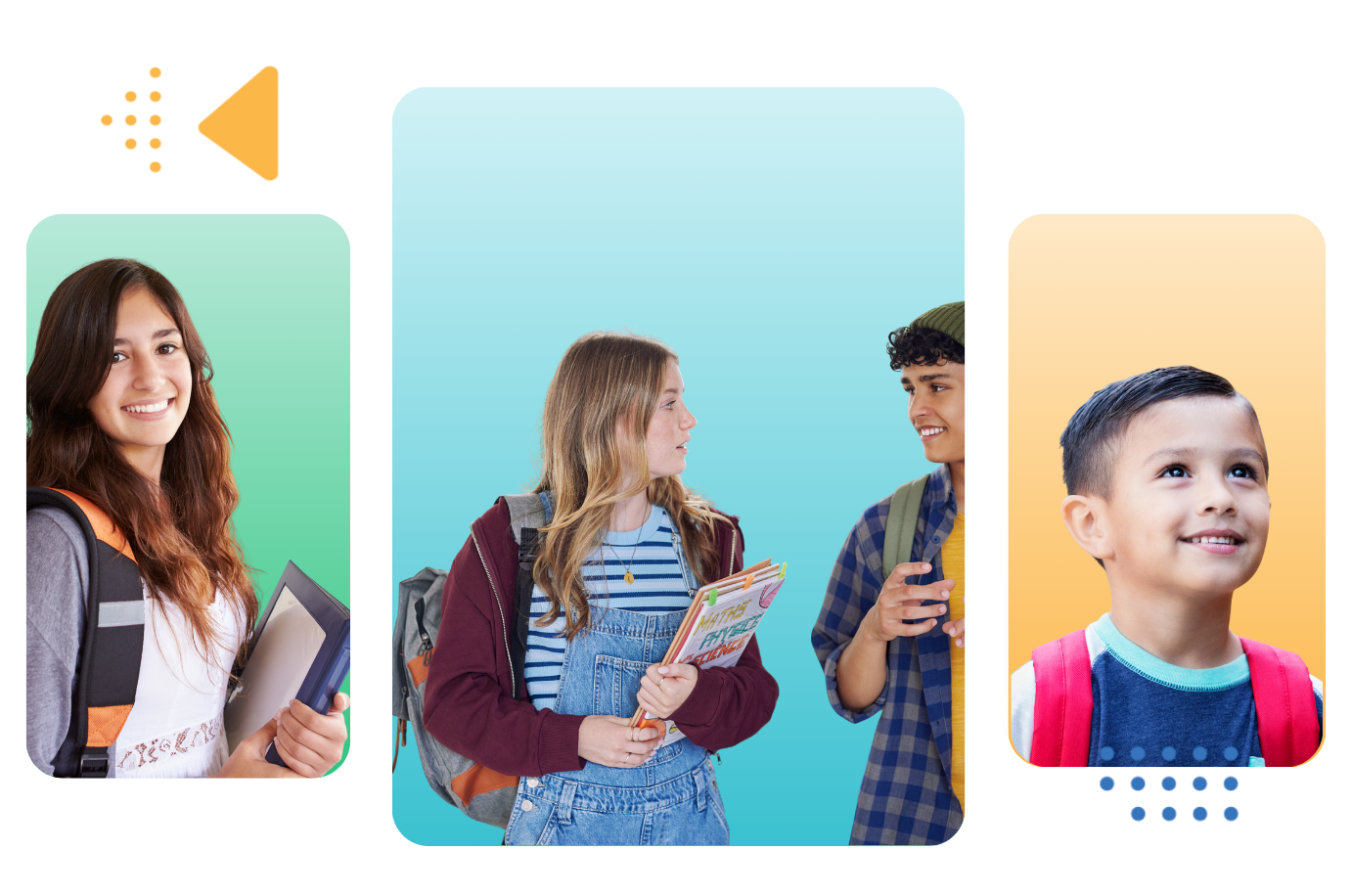
.png?width=600&height=300&name=Tier-2-behavior-(cover).png)
Tier 2 Behavior Intervention Guide
This guide helps school teams strengthen Tier 2 behavior interventions for students who need more than universal supports but not individualized plans.
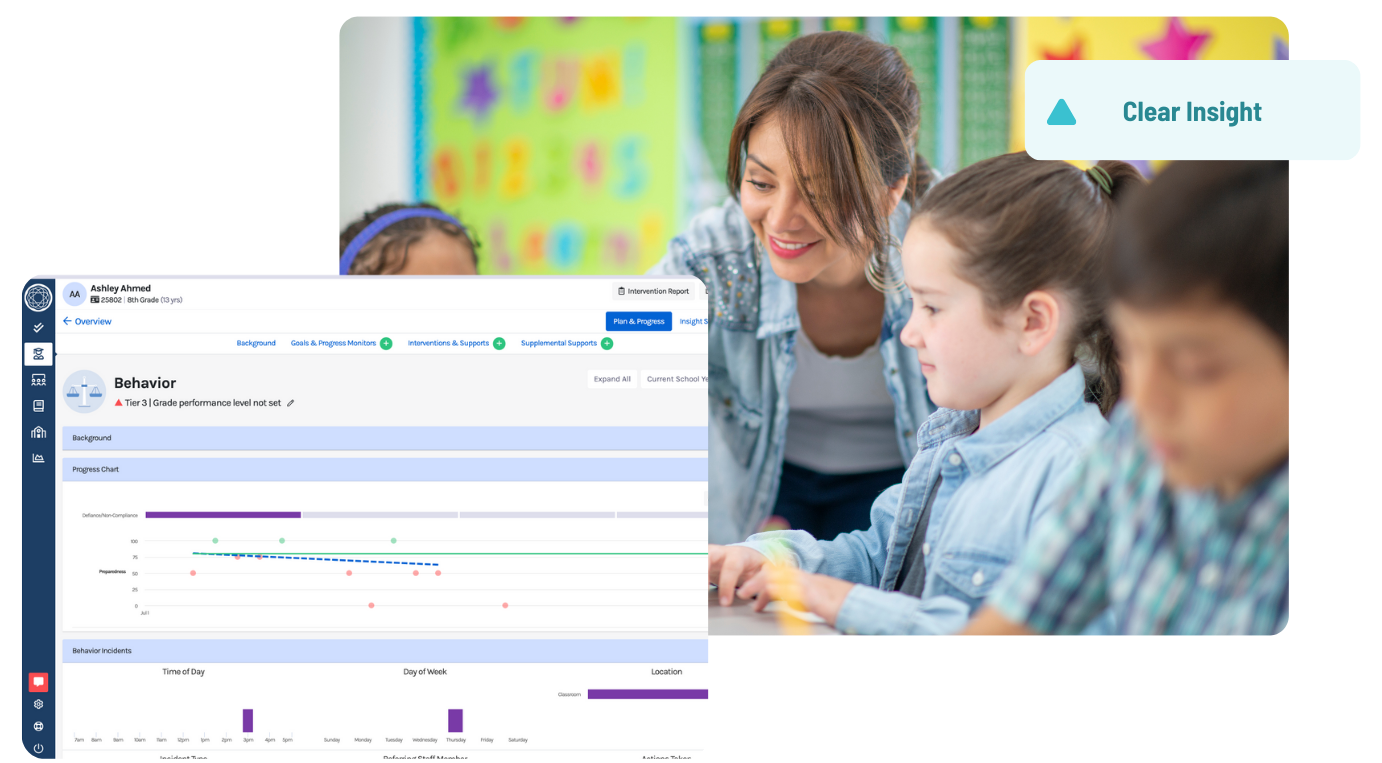
Discipline Data That Actually Leads Somewhere
Discipline incident logs often live in a silo, disconnected from behavior intervention plans that drive real change. Turn each entry into meaningful action by surfacing trends and linking incidents to student plans, making the full picture clear.
Insight, Not Just Incident Counts
Behavior data often piles up without meaning, just noise with no direction. With automatic categorization of behavior incident types within your framework, role-based dashboards, and nightly ingestions from your SIS, Branching Minds brings clarity fast—so trends become visible, patterns lead to plans, and support starts before things escalate.

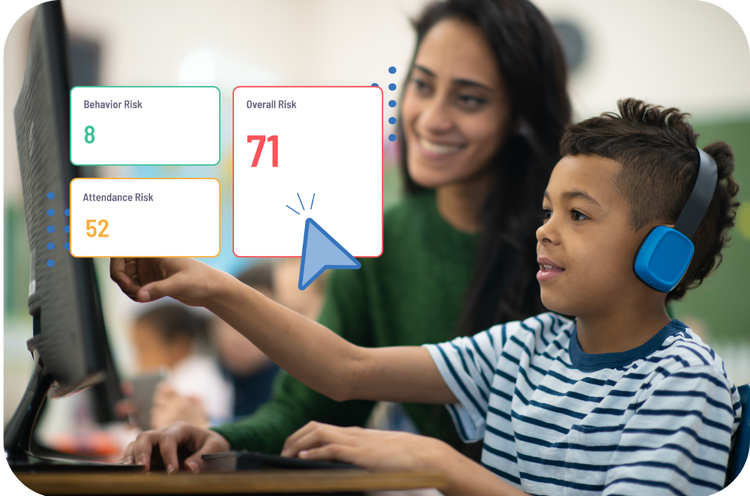
From Discipline to
Decision-Making
Behavior trends are surfaced at the student, grade, and school level, so educators can actually use the data to guide interventions, not just punish behavior.
Make Behavior Support Practical and Sustainable
One Place for Every Step of Behavior Intervention
Branching Minds makes behavior intervention part of the daily rhythm of MTSS. From logging to planning to progress monitoring, every step happens in one place—fully connected to data, teams, and timelines. It is the easiest way to align behavior support with academic and SEL goals and follow through with confidence.
See more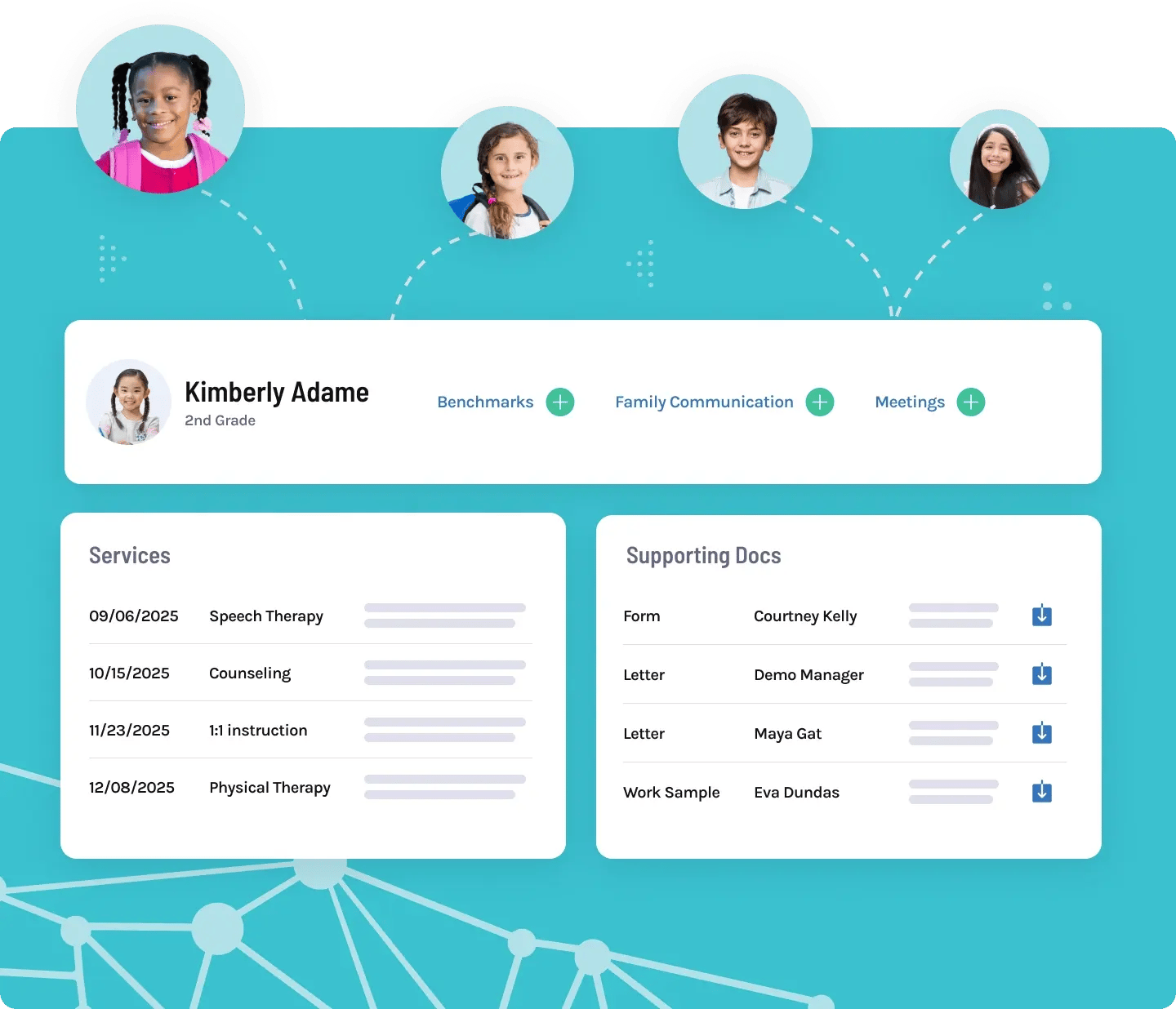
Turn the SRSS-IE Into a Driver of Support
The Student Risk Screening Scale - Internalizing and Externalizing (SRSS-IE) is a research-backed universal behavior screener administered directly within the Branching Minds platform—no separate spreadsheets or interface needed. Each time it’s completed, results are automatically integrated into your behavior framework, giving teams instant insight to inform student plans, team actions, and system-level needs.
See more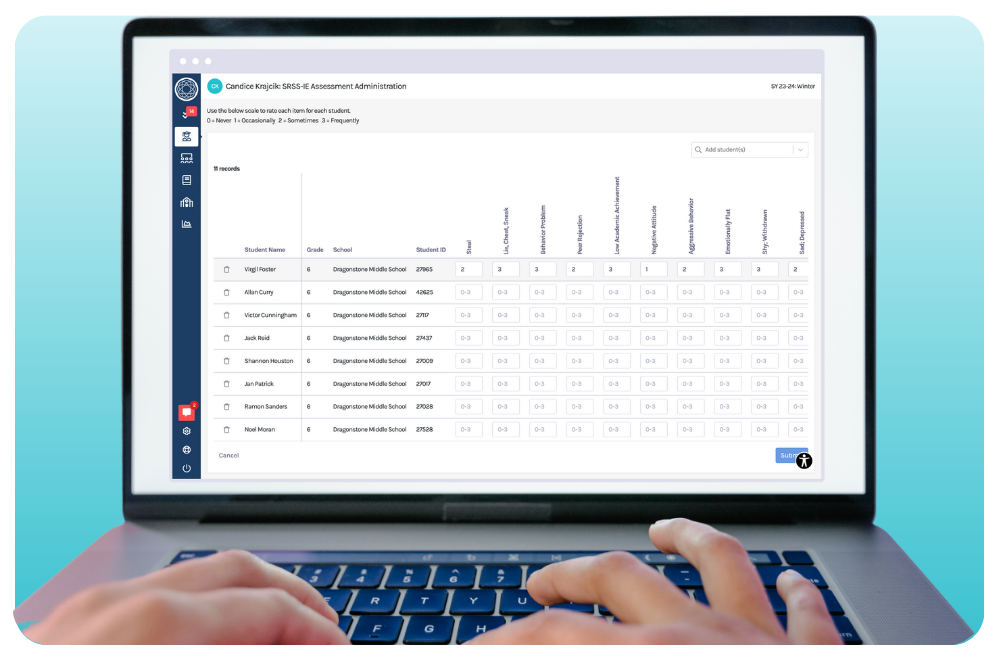
See Behavior Trends Across Students and Schools in Real Time
The Leadership Dashboard reveals real-time behavior trends across students, classrooms, and schools. Track incidents, fidelity, and outcomes in one place.
See more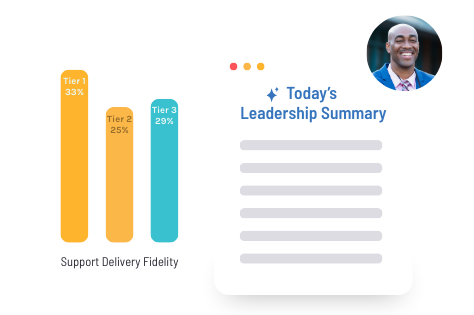
Spot Risk Early with Attendance, Behavior, and Course Performance Alerts
Branching Minds identifies the right students at the right time using custom thresholds, nightly data syncs, and real-time visibility across behavior, academics, and attendance. Alerts connect directly to student plans and team workflows, so action happens fast and with focus.
See more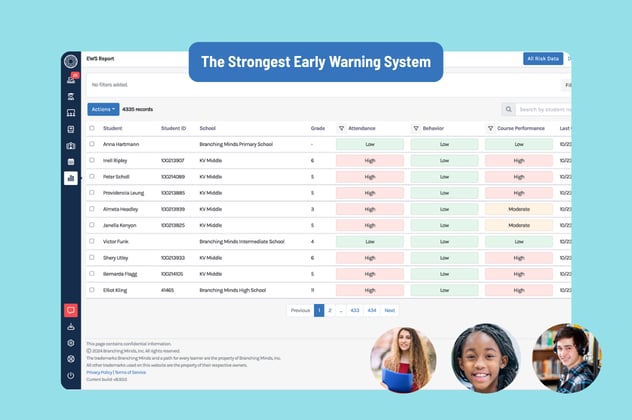
One Place to Manage High-Stakes Student Safety Cases
Bring order to threat assessments and suicide risk cases with Canopy Case Management. Teams get one secure place to document, track, and follow through, so high-stakes decisions are clear and coordinated.
See more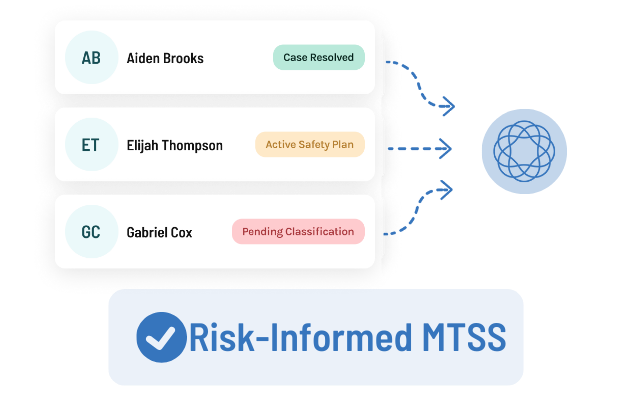
Real Educators. Real Success.

"I’ve got a lot of my teachers who deal with intensive behavior support using Branching Minds to track that data… It shows the time of day, frequency, day of the week, location, trigger—it can track it… When the data is presented that way, it makes it so much easier to analyze and respond with appropriate interventions…Every decision we make, we can make on data."
Jenn Bognar
Director of Exceptional Learning, Duneland School Corporation, IN
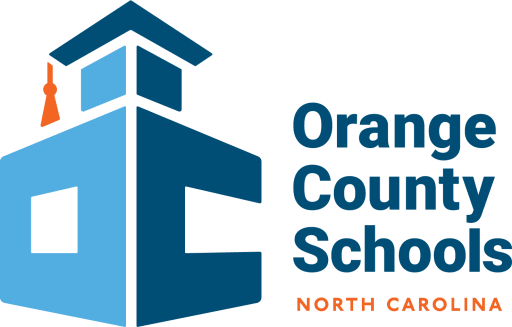
"We needed full staff buy-in and a way to make MTSS doable. We needed to look at the whole child, including attendance and behavior, not just focus on progress monitoring data. And Branching Minds was just that."
Emily Myers
Director of MTSS, Orange County School District, NC
.png?width=2020&height=1300&name=Miamisburg%20City%20School%20District(logo).png)
"The streamlined workflows, intuitive menus, and ability to select interventions and assign tasks simplify the creation of support plans, ensuring educators can efficiently tailor strategies."
Dr. Laura Blessing
Superintendent, Miamisburg City Schools, OH

"The communication and documentation tools make everything easy to find and keep us transparent and aligned, especially for students with behavior plans."
Jeanine Kidwell
Libby School District 4, MT

"We tier all of our students in Branching Minds using SELweb data - it's a game changer! The process for progress monitoring and communicating is very clear and systematic. And we're all speaking the same language."
Jennifer Maichin
District Instructional Leader, Mineola UFSD, NY
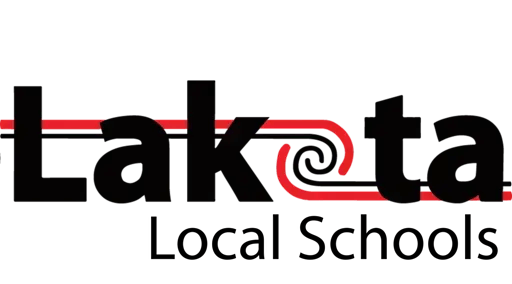
"We started with 98 students marked for chronic absenteeism. By October, that number dropped to 55; now we’re down to 18."
Products / Features Used

Success Story
How Beaumont ISD Improved Alternative School Collaboration with Branching Minds
Read more
"Bringing all departments together through Branching Minds showed how each role fits into supporting students and why everyone’s expertise matters."
Products / Features Used

Resources to Support Your Success
.png?width=975&height=488&name=Tier-2-behavior-(cover).png)
Guide
The Tier 2 Behavior Intervention Guide
Behavioral challenges may be growing, but so can your team’s capacity to support students. This guide is here to help you do just that.
Download guide
Ready to Make Student Support Simpler and Stronger?
Discover how Branching Minds streamlines MTSS, empowers educators, and improves student outcomes, starting today.
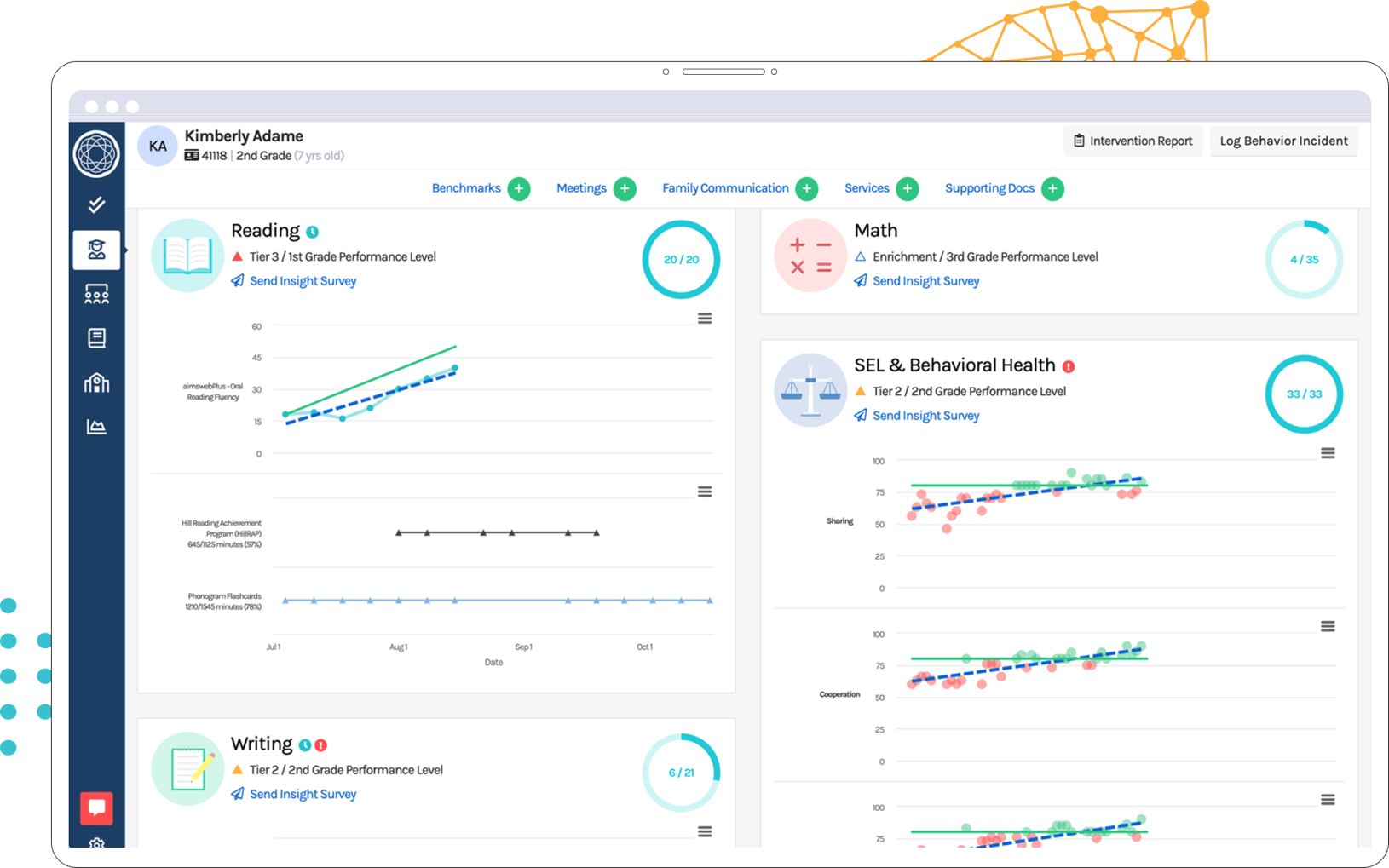














.png?width=1000&height=500&name=Tier%203%20Behavior%20Support%20Planning%20(preview).png)